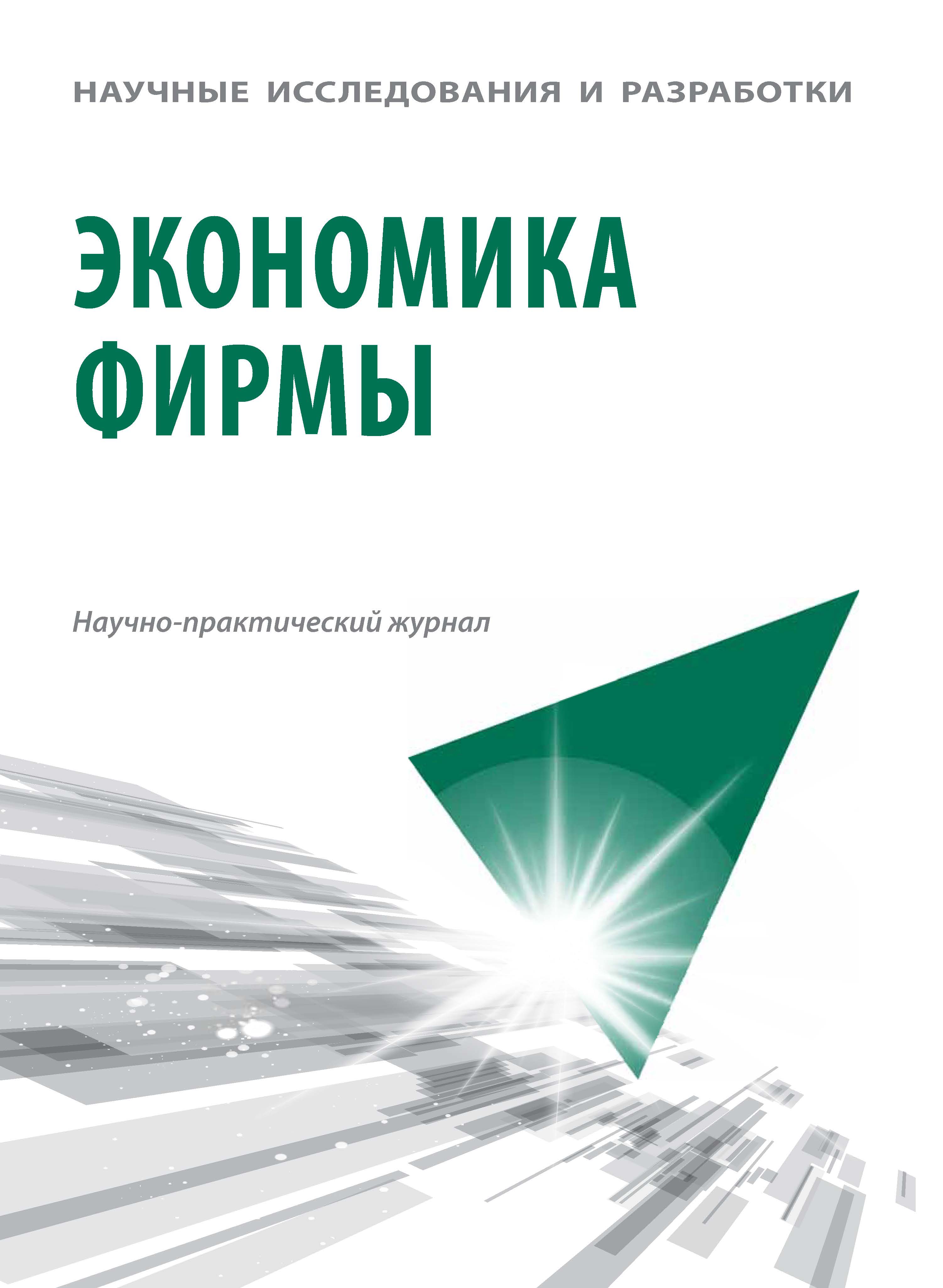Moskva, Moscow, Russian Federation
Joint-stock company is the pinnacle of development of organizational forms of functioning of private capital. Having emerged at a certain stage in the development of the market, a joint-stock company has become the leading form of concentration of private capital and the main source of their further growth including the form of citizens' money savings. The expansion of the size and circle of private capital owners, in turn, required further development of the specific composition of joint-stock companies, on the one hand, towards increasing their publicity and increasing the number of shareholders, and, on the other hand, in order to ensure the processes of the fastest, cheapest, complete and the relatively “safe” inclusion of small private savings in total equity. This revealed the specific process of the division of labor in the field of investment. Investment funds that specialized in "collecting" private savings for their investment in stakes in different companies have emerged, and professional financial intermediaries have developed in order to provide all the necessary services to ensure the process of mass investment in shares. Taken together, all these processes reflect the growth of the social character of modern private capital uniting in joint-stock companies and similar organizations. However, this process of growth of "socialization" of private capital has its own internal limit, which is that any form of pooling of private capital should not cease to be a source of growth of private capital and personal wealth of members of modern society.
joint stock company, share, shareholder, capital, risk, private wealth, public joint stock company, non-public joint stock company, mutual investment fund, financial company
1. Grazhdanskiy kodeks Rossiyskoy Federacii. Chast' 1 ot 30 noyabrya 1994 g. №51-FZ.
2. Federal'nyy zakon ot 26 dekabrya 1995 g. № 208-FZ «Ob akcionernyh obschestvah».
3. Federal'nyy zakon ot 22 aprelya 1996 g. №39-FZ «O rynke cennyh bumag».
4. Akcionernye i drugie hozyaystvennye obschestva i tovarischestva. M., Statut, 2010.
5. Buhgalterskiy otchet i otchetnost'. M.: Dashkov i K, 2021.
6. Galanov V.A., Galanova A.V. Akcionernoe obschestvo kak sosredotochie tendenciy formirovaniya chastnogo bogatstva // Nauchnye issledovaniya i razrabotki. Ekonomika firmy. 2021. № 1 (34). S. 48-55. https://doi.org/10.12737/2306-627X-2021-10-1-48-55
7. Galanov V.A. Rynok cennyh bumag. M.: INFRA-M, 2021.
8. Makarova O.A. Akcionernye obschestva s gosudarstvennym uchastiem. Problemy korporativnogo upravleniya. M.: Izdatel'stvo Yurayt, 2018.
9. Mezencev G.V. Akcionernoe obschestvo kak korporativnyy institut rynochnoy ekonomiki // Gumanitarnye nauchnye issledovaniya. 2010. № 5. URL: https://human.snauka/2012/05/1212
10. Mogilevskiy S.D. Pravovye osnovy deyatel'nosti akcionernyh obschestv. M.: Delo, 2004.
11. Modelirovanie finansovo-hozyaystvennoy deyatel'nosti kompanii v Project Expert. M.: INFRA-M, 2019.
12. Osipenko O.V. Upravlenie akcionernym obschestvom v usloviyah korporativnogo prava. M.: Statut, 2016.
13. Pavlyuk A.V. K voprosu o ponyatii akcionernogo obschestva v rossiyskom prave // Administrativnoe i municipal'noe pravo. 2015. № 1. S. 8-18.
14. Rynok cennyh bumag / Pod obschey redakciey N.I. Berzona. M.: Izdatel'stvo Yurayt, 2019.
15. Taleb N.N. Chernyy lebed'. Pod znakom neopredelennosti. M.: Kolibri : Azbuka-Attikus, 2020.
16. Finansovyy menedzhment. M.: INFRA-M, 2021.
17. Finansovyy rynok Rossii v sovremennom mire: uchebnik / pod red. Yu.A. Rovenskogo. M.: FGBOU VO «REU im. G.V. Plehanova», 2018.
18. Ekonomicheskaya teoriya. M.: Dashkov i K, 2019.






